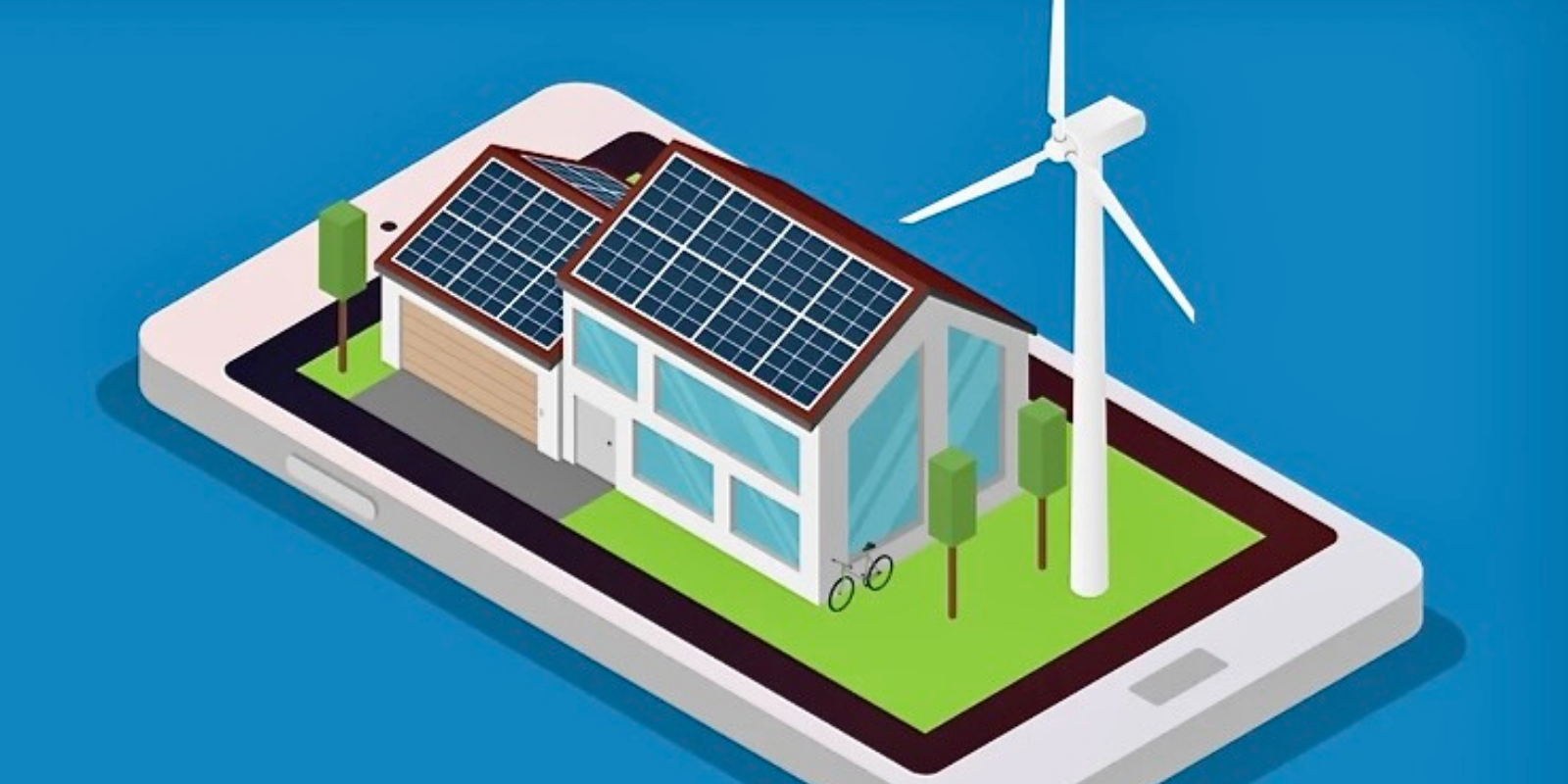102-500 pdf dumps
Everyone Loves Zero Carbon Building Vs Passive House
It's becoming more and more common to hear the buzzwords of net-zero and passive homes in the green industry, the mainstream media and during speeches from politicians.

Both approaches to building have their advantages. But it is important to understand the difference between them and how they affect your home’s cost, comfort, true sustainability and environmental savings.
1. Energy Efficiency
Everyone Loves Zero Carbon Building Vs Passive House
The term energy efficiency is used to describe the practice of using less energy to fulfill a service. That means using less electricity, gas or other fuels to heat water, light a room or cool a fridge.
Often, this means implementing energy saving measures such as replacing old incandescent bulbs with LED or compact fluorescent lights.
Another example is using insulation materials that prevent heat loss.
Energy efficiency is important for reducing greenhouse gases and combating climate change. It also helps lower energy costs and improves the quality of life for people, companies and communities.
2. Comfort
Everyone loves a comfortable house, and Passive Houses deliver on that promise. They sustain a constant temperature without needing traditional heating and cooling, which saves on energy costs.
The target for comfort in a Passive House is a cozy 20degC/68degF in winter and a comfortably cool 25degC/77degF in summer. This is achieved by super insulation, an airtight building envelope, triple-glazed windows and heat recovery ventilation (HRV).
It’s the HRV that really makes the difference in a Passive House – providing filtered air 24/7. Fresh air helps remove pollutants and pollen, which in turn leads to healthy indoor air quality.
3. Indoor Air Quality
Everyone loves the idea of living in a comfortable home with no drafts, no hot or cold spots and no energy bills. And the truth is, passive houses do just that.
Unlike code homes, which focus on thermal insulation alone, Passive Houses also have a huge emphasis on air tightness.
This is because the air inside isn’t able to escape, which makes it difficult for pollutants like mould, mildew and dust mites to spread. By using mechanical ventilation with heat recovery (MVHR) to constantly recirculate clean air, a Passive House can achieve indoor air quality that’s far superior to a standard building.
4. Environmentally Friendly
Everyone Loves Zero Carbon Building Vs Passive House With growing concerns about climate change, low carbon buildings and net zero energy buildings are becoming a popular green standard in residential construction. These standards are a great way to reduce your home’s carbon footprint and protect the environment by using energy efficiently, while improving your indoor air quality.
In addition to the energy savings, a passive house is much healthier and more comfortable than conventional homes. It doesn’t have the problems of drafts and cold or hot rooms, which can cause fatigue and even illness.
As a result of these benefits, many homeowners are switching from traditional building methods to Passive House. They enjoy better insulation, superior triple pane windows and well-sealed outside doors.
5. Affordability
Everyone loves a smaller carbon footprint, shelter from unpredictable energy costs and a home free from environmental toxins. And Passive House design is a great way to achieve these goals.
Unlike traditional building techniques, passive houses are built to be super-insulated and air-tight. This allows the heat and energy from the sun to capture warmth during the day and help keep the interior temperatures comfortable year-round.
They’re also easier to operate and maintain, and save up to 90 per cent on heating and cooling energy through the use of a heat recovery ventilation system that exchanges fresh indoor air for filtered outdoor air. These savings are incredibly helpful for both your energy budget and our energy grid as we transition to more intermittent clean energy.